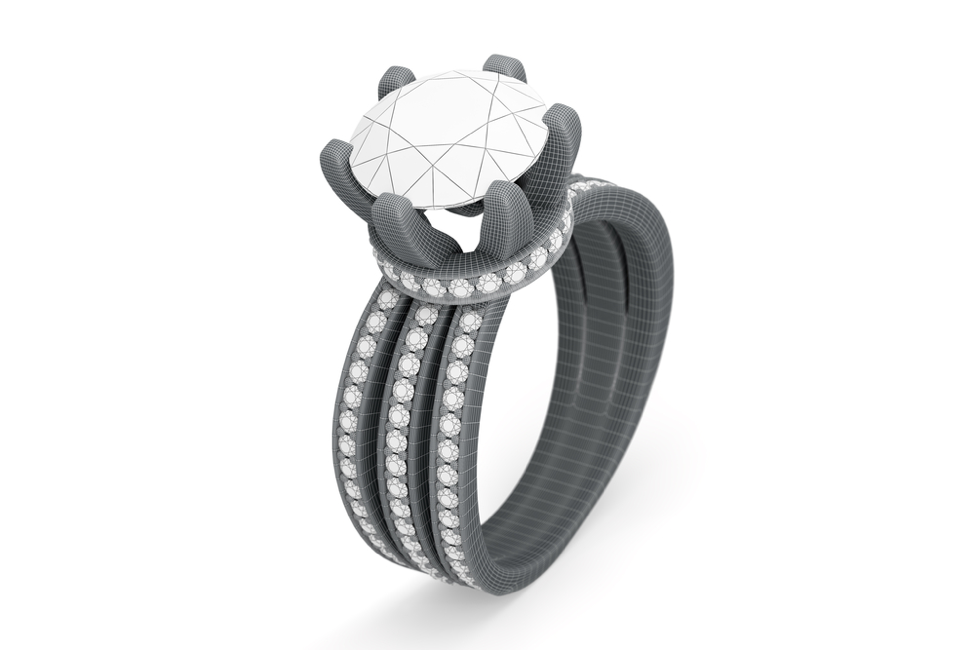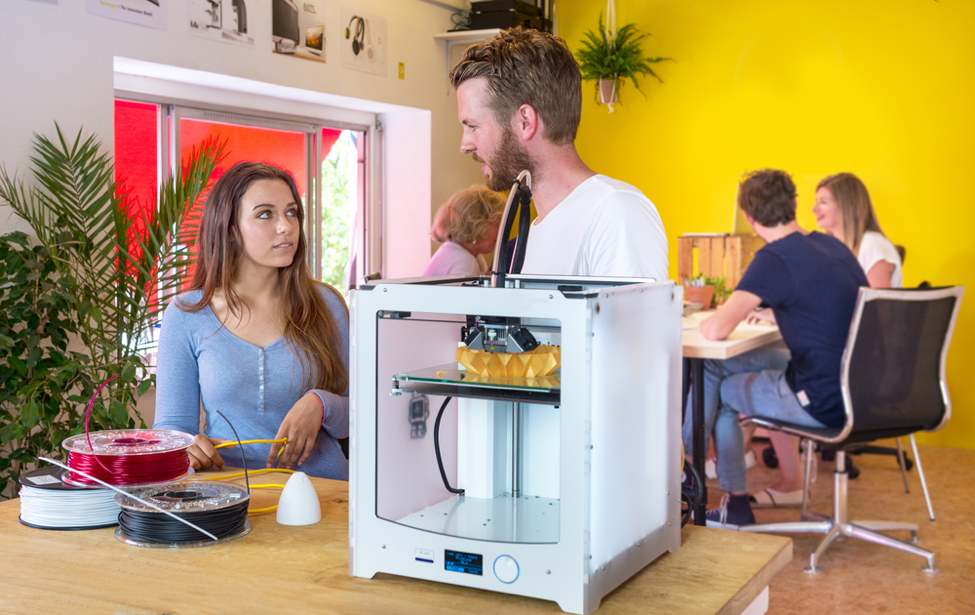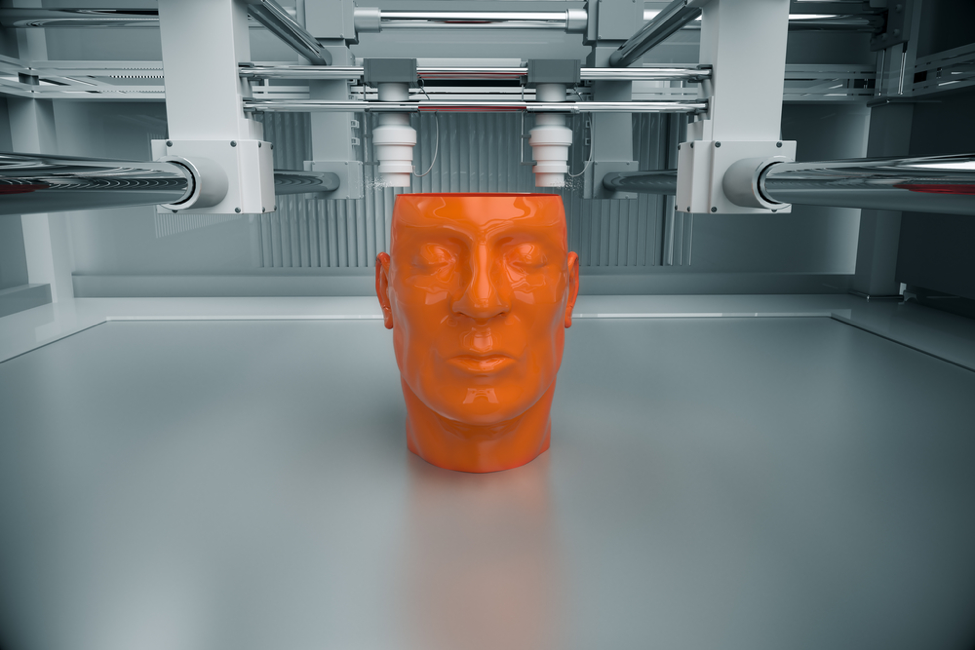Introduction
With today’s technology, people are finding new ways to create things for their professional, and individual needs. One popular method that is used more frequently in recent years is called 3D printing. While the term may still be foreign to many, several businesses have started using it. As you will see, it is changing the lives of many people.
What Is 3D Printing?
In order to understand the process of 3D printing, we have to understand what it is. According to 3dprinting.com, “3D printing or additive manufacturing is a process of making three dimensional objects from a digital file.” It’s done by “laying down successive layers of material until the object is created.” It uses 3D scanners such as Microsoft’s Kinect for the XBox, and 3D software like Blender.
The Industry Is Growing
The method is becoming popular. In fact, as Investopedia tells us, “the 3D-printing industry experienced a year of transformation in 2016.” Several companies like General Electric and HP Inc. joined niche markets including Stratasys Ltd. and 3D Systems Corp. They go on to say that larger companies entering the business “worked to legitimize an industry revival based on pushing additive manufacturing for industrial clients in order to cut costs and improve efficiency in the production process.”

Jewelry
In fact, many other industries are benefiting from the process of 3D printing – including jewelry. According to brilliance.com, “In the jewelry industry, 3D printing has found its niche in the method of lost-wax casting often used to create metal castings for fine jewelry.” Previously, they carved wax models from solid blocks, which required much more time, and reduced the amount of customers they could assist. The new technology increases “degrees of detail, revolutionizing the casting process, and opening up limitless doors in custom design.”
Teaching
Teachers are also benefitting from 3D printing. According to We Are Teachers, there are several ways in which the process can be used in math, and science. For example, elementary students can “create custom artwork frames.” Doing so also helps them practice geometry, and calculate measurements.
You can also create physical maps, which will allow students to physically see the terrain of an area that would not be visible on a computer. This method can help geography students learn about different areas of the world.
Cars
Of course, with today’s technology, the automotive industry is also using 3D printing. According to CNBC, “Entrepreneur Kevin Czinger…is betting big on the idea that car parts can be designed, printed, and then assembled in microfactories all over the country.” He was also on “Jay Leno’s Garage” to show his prototype, which Leno “took for a spin.” Czinger’s goal is to sell the technology to manufacturers, and noted that the cars have the ability to help the environment. However, he said, “The problem is that while these cars do now exist, the actual manufacturing of them is anything but environmentally friendly.”

Environmental Factors
Czinger is not alone in his concerns. Others have noticed environmental issues with 3D printing. 3D Insider points out the good and the bad.
They realize that 3D printing uses a lot of energy. According to a study, the process “uses 50 – 100 times more electricity than injection molding machines, [and doesn’t]…have the lowest carbon output at every step of the supply chain.” The process has also been known to use plastics, and give off “printing fumes…when heated at high temperatures”, which could be toxic.
However, there is good news. It does use less material, and waste overall.
There have also been several other improvements since the process of 3D printing started. For example, plastics that are used in the process – specifically “ABS” and “PLA” – are thermoplastics, which “melt and mold easily.” PLA is corn-based, renewable, produces less toxic emissions, produces less waste when used as a filament, and is better disposed of.
While there are still some naysayers, 3D printing has come a long way. While you may think that using 3D printing to create items is virtually impossible, many industries – like the ones described above – are proving everyone wrong.
Conclusion
There is no doubt that 3D printing has become a popular method of production in several industries. Many of them are using it more often. Just think – A few years ago, no one would have imagined it would have come this far. Now, the possibilities are endless. Who knows where 3D printing will take us in the future?
























